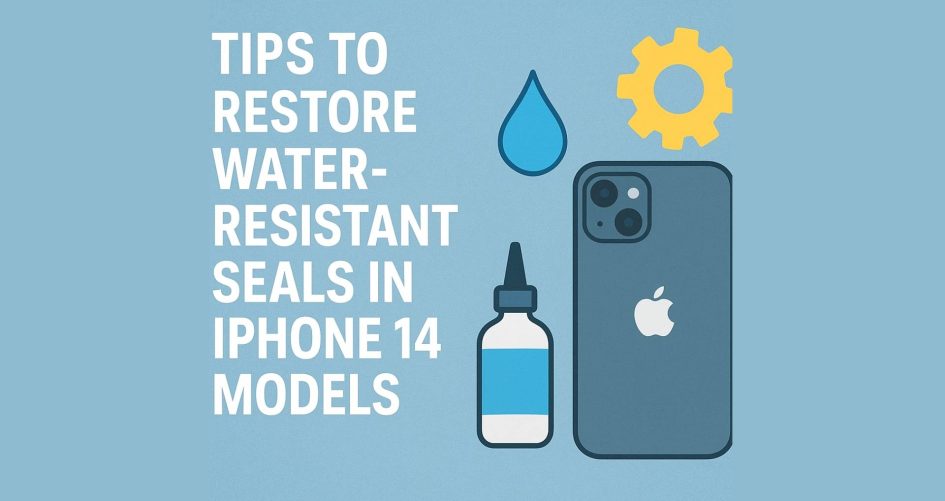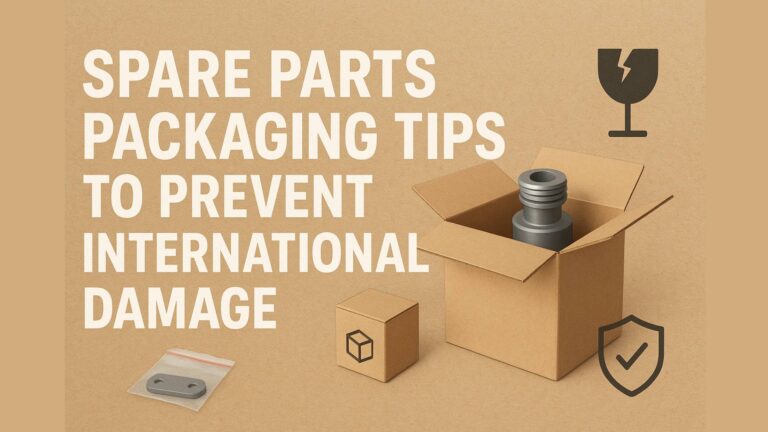In today’s mobile repair and refurbishing industry, maintaining iPhone 14 waterproof capabilities is not just a luxury—it’s a customer expectation. Whether you’re an individual technician or managing large-scale phone water damage refurb projects, understanding the role of sealing parts in the iPhone 14 is essential. In this guide, we’ll walk you through how to restore and test water-resistant seals effectively when dealing with refurbished or water-damaged iPhone 14 units. Know more.
Why iPhone 14 Waterproof Restoration Matters
The iPhone 14 waterproof design is one of its major selling points. With an IP68 rating, the phone is designed to resist water ingress up to 6 meters for 30 minutes. But once the device is opened for repairs or inspections, this waterproof barrier is often compromised. For refurbished phone wholesalers and technicians, this presents a challenge—how to restore water-resistance and maintain resale value.
Ignoring the importance of waterproof restoration during phone water damage refurb can result in customer dissatisfaction, increased returns, and long-term damage due to corrosion. Therefore, restoring the sealing parts is not just a technical necessity but a business-critical step.
Understanding iPhone 14 Sealing System
The sealing parts used in iPhone 14 are a combination of:
- Display adhesive seals
- Battery compartment barriers
- SIM tray rubber gaskets
- Taptic Engine and speaker mesh filters
- Charging port adhesive rings
Apple uses high-grade pressure-sensitive adhesive (PSA) tapes that provide excellent sealing when installed correctly. In iPhone 14 waterproof refurbishing, using OEM-quality or high-grade aftermarket adhesives is essential for integrity.
Common Causes of Seal Failure in Refurbished iPhone 14
When performing phone water damage refurb, you may encounter the following sealing issues:
- Improper adhesive replacement
- Dust and oil contamination during reassembly
- Reusing old or stretched seals
- Improper screen alignment
- Over-tightening screws
Each of these factors can lead to seal breakage, which compromises the iPhone 14 waterproof design. Let’s now explore how to properly restore those seals.
Step-by-Step: How to Restore Sealing Parts in iPhone 14
1. Disassembly and Inspection
Before beginning any restoration:
- Power off the device and use a Pentalobe screwdriver to remove the bottom screws.
- Gently lift the screen with a suction cup and pry tools.
- Once open, inspect the old sealing parts. Most will need to be removed entirely.
2. Remove Residual Adhesives
- Use isopropyl alcohol (99%) and a microfiber cloth to clean all adhesive residue.
- Carefully remove old sealing parts like display foam gaskets and port rings.
- Avoid metal scraping tools, which may scratch housing and reduce sealing efficacy.
3. Apply New OEM-Grade Adhesive Seals
- Use laser-cut iPhone 14 waterproof adhesive gaskets for screen, Taptic Engine, battery, and other compartments.
- Make sure the adhesive is aligned perfectly, especially around the display housing frame.
Pro Tip: Always wear gloves during this step to avoid oil contamination which can impact adhesive performance.
4. Reassemble Under Controlled Pressure
- Once all seals are applied, carefully re-seat the display.
- Use a screen press or clamp to apply consistent pressure for 30 minutes to ensure proper adhesion.
- Do not turn the phone on until sealing is complete.
Testing iPhone 14 Waterproofing After Refurb
After completing phone water damage refurb, you must test the waterproof sealing. Here’s how:
1. Use a Vacuum Leak Detection Machine
- This device measures pressure drop inside the phone.
- A tight seal = minimal pressure loss.
- Ideal for wholesale operations handling multiple units per batch.
2. Visual Moisture Indicator Test
- Place a small cotton patch or moisture strip near the SIM tray and port.
- Use a controlled mist spray around the phone.
- Check if any water reaches the internal area.
3. Third-Party Waterproofing Apps
Some apps can detect pressure differences using the phone’s barometer. While not 100% accurate, they provide initial feedback.
Best Practices for Large-Scale Refurbishing
For companies doing bulk phone water damage refurb, following a standard operating procedure (SOP) helps reduce failure rates. Here are a few best practices:
- Buy sealing parts in bulk from trusted suppliers.
- Train technicians in proper adhesive alignment.
- Use ESD-safe environments to prevent damage during disassembly.
- Label devices post-seal with “water-resistant restored” tag for QC verification.
Sealing Parts Checklist for iPhone 14 Refurbishment
Here’s a breakdown of sealing parts you’ll need per device:
| Component | Type | Replacement Recommended? |
| Display adhesive frame | Laser-cut PSA gasket | ✅ Yes |
| SIM tray gasket | Rubber o-ring | ✅ Yes |
| Speaker mesh seal | Micron-fabric filter | ✅ Yes |
| Charging port adhesive | Double-layer ring adhesive | ✅ Yes |
| Battery adhesive tape | Stretch release adhesive | ✅ Yes |
Keeping an inventory of these parts is essential for seamless workflow.
Common Mistakes in Waterproof Restoration
Avoid these common errors during iPhone 14 waterproof refurb:
- Using low-cost generic adhesives
- Skipping vacuum pressure testing
- Not cleaning with alcohol prior to reassembly
- Applying adhesive over dust or debris
- Not replacing speaker and port mesh
These mistakes significantly reduce the phone’s water resistance and durability.
Marketing Refurbished iPhone 14 as Water-Resistant
If you’ve restored the waterproof seals, you may legally and ethically mention this in your product listings—with clear disclaimers. For example:
“Water-resistant seals professionally restored. Not guaranteed against water damage. No IP rating certified.”
This reassures customers while protecting your liability. You can also charge a higher resale price for iPhone 14 waterproof refurbished models with seal restoration.
Conclusion: Invest in Proper Waterproof Refurb Processes
For refurbishers and wholesale resellers, the ability to restore iPhone 14 waterproof seals is a key differentiator in today’s market. Whether you’re restoring one phone or hundreds, prioritizing sealing parts and rigorous quality control will prevent returns, improve customer satisfaction, and ultimately build your brand’s trustworthiness.
If you’re expanding your phone water damage refurb operations, we recommend investing in:
- High-grade seal kits
- Pressure testing machines
- Technician training
- Clear product labeling and marketing
Stay dry. Stay trusted.
Boost Your Wholesale Inventory with Waterproof-Ready iPhone 14 Units
We specialize in professionally refurbished phones with restored waterproof seals. Bulk deals, OEM sealing parts, and training guides available. Contact us today to get a quote on iPhone 14 waterproof refurbished stock. Know more.





